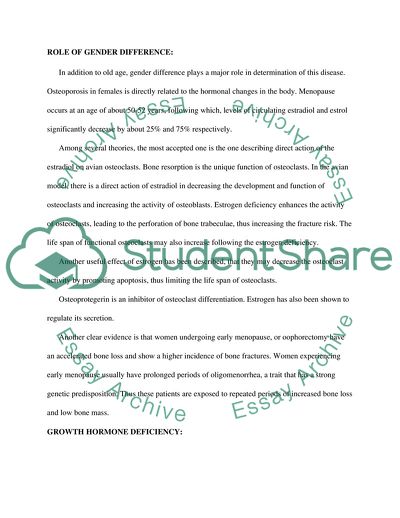Cite this document
(Senesence and Osteoporosis Term Paper Example | Topics and Well Written Essays - 1500 words, n.d.)
Senesence and Osteoporosis Term Paper Example | Topics and Well Written Essays - 1500 words. Retrieved from https://studentshare.org/health-sciences-medicine/1712616-senesence-and-osteophoresis
Senesence and Osteoporosis Term Paper Example | Topics and Well Written Essays - 1500 words. Retrieved from https://studentshare.org/health-sciences-medicine/1712616-senesence-and-osteophoresis
(Senesence and Osteoporosis Term Paper Example | Topics and Well Written Essays - 1500 Words)
Senesence and Osteoporosis Term Paper Example | Topics and Well Written Essays - 1500 Words. https://studentshare.org/health-sciences-medicine/1712616-senesence-and-osteophoresis.
Senesence and Osteoporosis Term Paper Example | Topics and Well Written Essays - 1500 Words. https://studentshare.org/health-sciences-medicine/1712616-senesence-and-osteophoresis.
“Senesence and Osteoporosis Term Paper Example | Topics and Well Written Essays - 1500 Words”. https://studentshare.org/health-sciences-medicine/1712616-senesence-and-osteophoresis.


